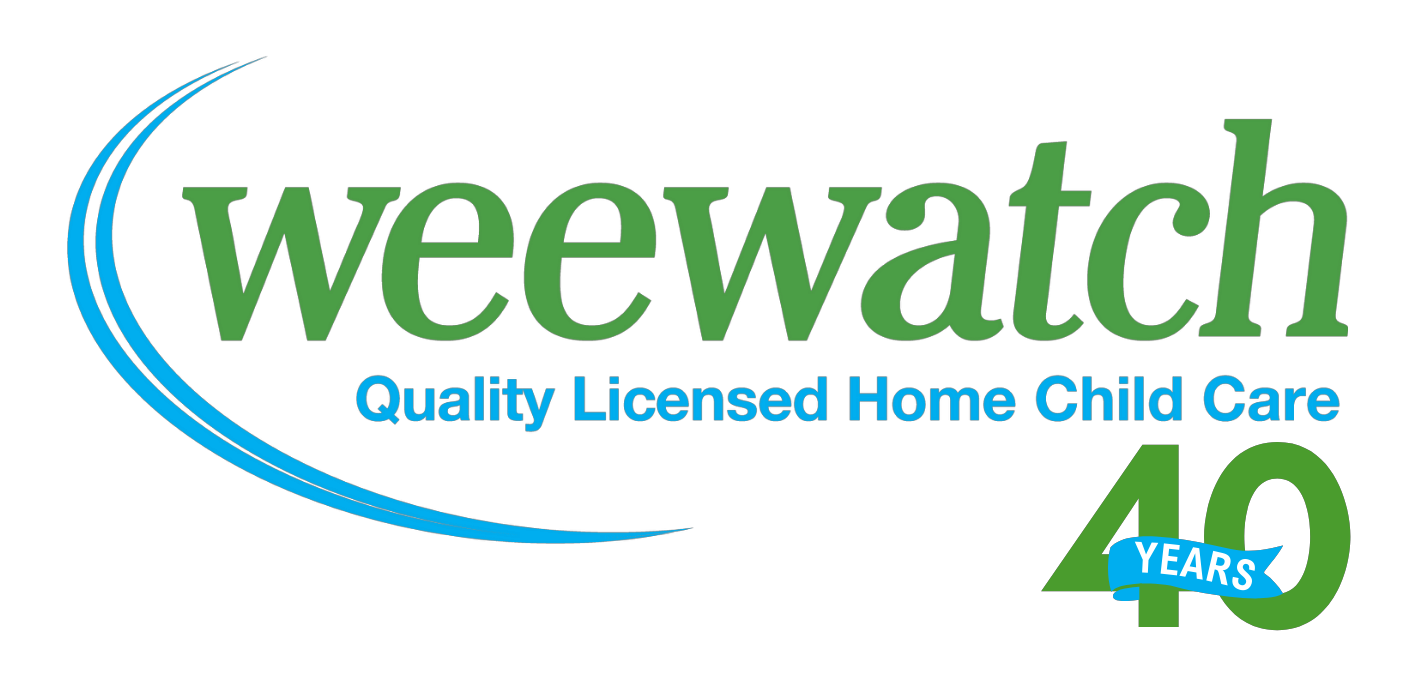Toys are the treasures of childhood. But if you’re not careful, toys can be hazardous, too. To keep your child safe, follow these guidelines when choosing and gifting toys, not only during the Holiday season but throughout the year:
1. Pick age-appropriate toys. Most toys show a “recommended age” sticker, which can be used as a starting point in the selection process. Be realistic about your child’s abilities and maturity level when choosing an age-appropriate toy. Toys that have projectiles, for example, are never suitable for a child under age 4 – and even some 6-year-olds aren’t mature enough to handle them. Likewise, if your 3-year-old still puts everything into her mouth, wait a little longer to give her toys and games with small parts and pieces.
2. Choose toys that are well-made. Used toys passed down from older relatives or siblings or bought at yard sales can be worn or frayed, which can sometimes be dangerous. Check all toys – new or used – for buttons, batteries, yarn, ribbons, eyes, beads, and plastic parts that could easily be chewed or snapped off. Make sure a stuffed animal’s tail is securely sewn on and the seams of the body are reinforced. Parts on other toys should be securely attached. Make sure there are no sharp edges and the paint is not peeling.
3. Think big. Until your child turns 3, toy parts should be bigger than his mouth to prevent the possibility of choking. To determine whether a toy poses a choking risk, try fitting it through a toilet paper roll. If a toy or part of a toy can fit inside the cylinder, it’s not safe.
4. Make sure your child is physically ready for the toy. For example, parents of older kids may buy a bike one size too big so as not to have to buy a new bike the next year. This tactic can lead to serious injury if a child doesn’t have the physical skills to control the bigger bike.
5. Skip the balloons. They may be cheerful party decorations and fun to bounce around, but latex balloons are the main cause of toy-related choking fatalities in children. When ingested, uninflated balloons (or pieces of burst balloons) can form a tight seal in a child’s airway and make it impossible to breathe.
6. Don’t pick heavy toys. Could your child be harmed if it fell on her? If so, pass.
7. Watch out for toxic toys. Even when you find a toy that seems safe, you’ll want to be sure it’s not made with chemicals that can harm your child. Phthalates, or “plasticizers,” are used to make plastic more flexible and durable, and these chemicals are found in many toys. Cadmium, lead, mercury, and arsenic are other chemicals you can find in everything from dolls and action figures to children’s jewelry and stuffed animals.
To learn more, check out EcoCenter.org’s tips on shopping for children. The website rates thousands of toys (and other products) by brand, type, and chemical hazard. Use the search box to learn about a specific toy.
